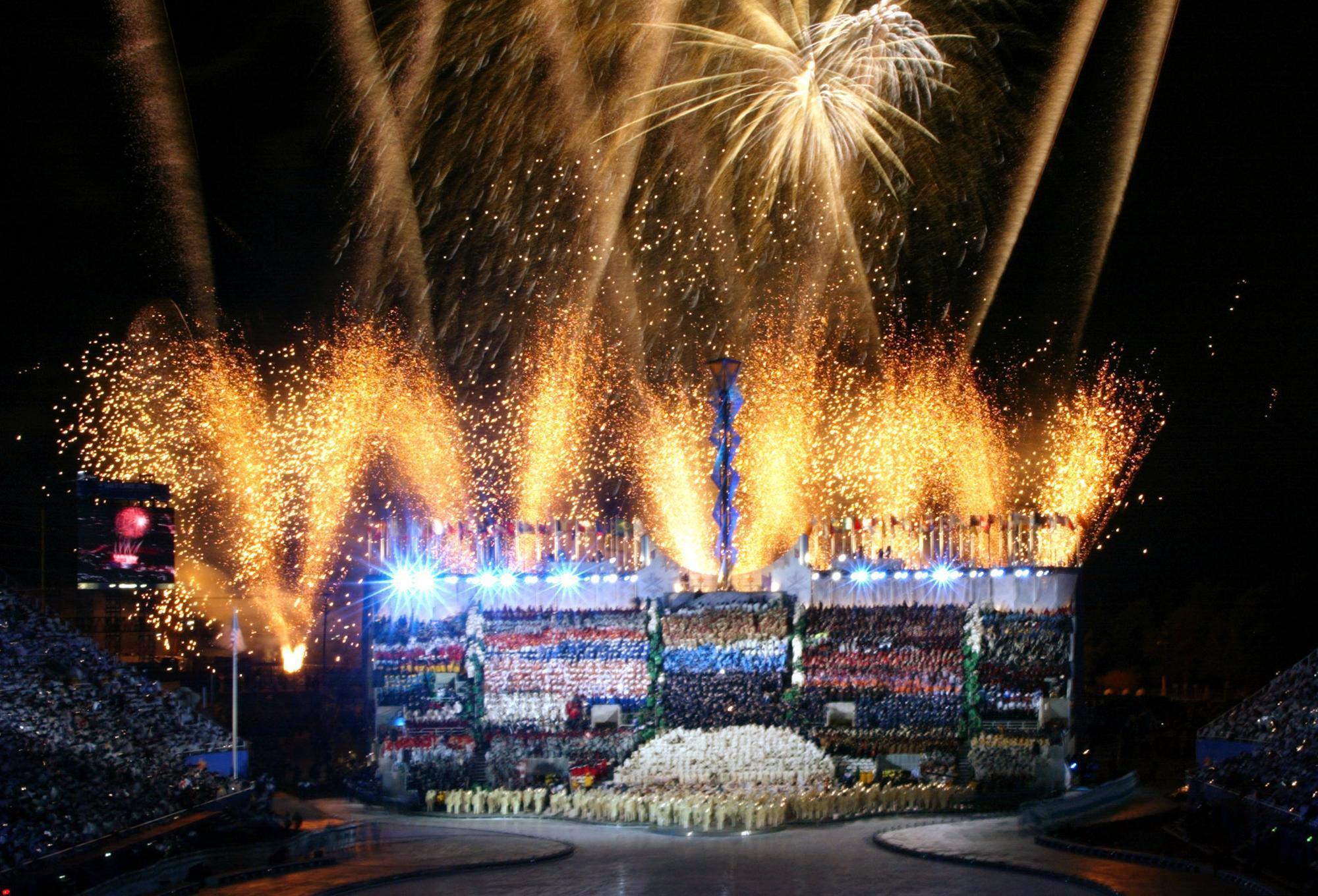
Salt Lake City took the latest step toward hosting the 2034 Olympic and Paralympic Winter Games with a virtual presentation to the Winter Olympic Federations ahead of next month’s IOC Executive Board meetings where its candidacy will be formally approved for a vote by the full IOC membership in July.
The presentation by SLC-UT 2034 was 25 minutes in length, followed by 35 minutes of questions and answers from the seven winter federation leaders. Tuesday’s meeting was the next step after IOC toured the Salt Lake region in mid-April after the Salt Lake City-Utah Committee for the Games submitted its official bid to host the 2034 Games in February.
“Most are quite familiar with Utah, so the main point that we wanted to get across was received well and mutual in that we committed to being a true partner in the efforts over the next 10 years,” said Colin Hilton, president and chief executive officer of the Utah Olympic Legacy Foundation. “Sports may evolve and we might see some new disciplines, and as a partner they can trust us and believe in us.”
Along with political leaders from the region, presenters included USOPC Board Chair Gene Sykes; SLC-UT 2034 executives Fraser Bullock, Catherine Raney Norman and Darren Hughes; and Calum Clark, chief operating officer of the Utah Olympic Legacy Foundation.
The 2030 Games bid from the French Alps was also presented Tuesday. Both bids are in targeted dialogue with the IOC and expected to be rubberstamped by members at the final vote in Paris on July 24, which is Utah’s state holiday.
Hilton showcased the impact of sport on communities through an enhanced Road to the Games profile of qualifying events at Utah venues. Two decades after the 2002 Games, Utah’s legacy venues are four times busier and serve as community centers. One of the points of emphasis for the SLC-UT presentation was the idea of having international athletes who may not have the facilities to train at home being able to use the existing and projected Olympic venues in Salt Lake to train; Hilton said venues around the region are used annually by 30 different countries, including Ukrainian freestyle skiing and curling teams that trained in the state.
“The biggest mutual interest is to build upon what we’ve already created together and by having a location that is established in training and having competitions at the various winter sports, pending a Games award, we are looking forward to what those next steps are and more detailed discussions with the federations to talk about how Utah can help with their respective sports,” Hilton said.
The 2034 venue plan includes all three Utah Olympic Legacy Foundation venues. It also features resorts, including Park City Mountain and Deer Valley Resort in Park City, along with Snowbasin near Ogden. Indoor facilities include the Delta Center in Salt Lake City, Maverik Center in West Valley City and Peaks Ice Arena in Provo. Opening and Closing ceremonies are proposed at Rice-Eccles Stadium. A proposed downtown location for big air is Block 85, the site of the Medals Plaza in 2002. It is located in proximity to the Delta Center and Salt Palace Convention Center and big air generally takes place on a portable scaffold structure.
A new proposed competition venue is the Salt Palace Convention Center for Olympic curling and Paralympic wheelchair curling. SLC-UT made the venue selection in concert with World Curling and will feature a temporary curling ice sheet and seating for 6,500 spectators. Moving curling to the Salt Palace would be a change from 2002 when the sport was at the Weber County Ice Sheet in Ogden. Alpine skiing at Snowbasin would be another change from 2002 when events were held at the Deer Valley and Park City resorts.
Bullock and Raney Norman reiterated the bid’s vision to use the Winter Games platform to deepen partnerships with communities to help them achieve their own goals. One of the key initiatives put forward to the Winter Olympic Federations was the concept of enhanced services, including a proposed Athlete Family Village.
Hosting the Olympic Games in 2034 would make Salt Lake City the fifth city to host the Winter Games twice, joining Lake Placid, New York (1932 and 1980); St. Moritz, Switzerland (1928 and 1948); Innsbruck, Austria (1964 and 1976) and Cortina d’Ampezzo, Italy, which hosted the 1956 Games and will co-host the 2026 Games with Milan.
“Most of the comments were very complementary,” Hilton said of the meetings. “A few of the federations brought up the topic of ‘well. we may want to introduce new sports to a future Games and we’d like you to be open and interested to help us look at how that might happen.’ … But the majority of the comments were just clarifying on the technical aspects of each venues, confirmed proposed seating capacities and knowledge of the events that we’ve been doing.”











 Copyright © 2025 by Northstar Travel Media LLC. All Rights Reserved. 301 Route 17 N, Suite 1150, Rutherford, NJ 07070 USA | Telephone: (201) 902-2000
Copyright © 2025 by Northstar Travel Media LLC. All Rights Reserved. 301 Route 17 N, Suite 1150, Rutherford, NJ 07070 USA | Telephone: (201) 902-2000